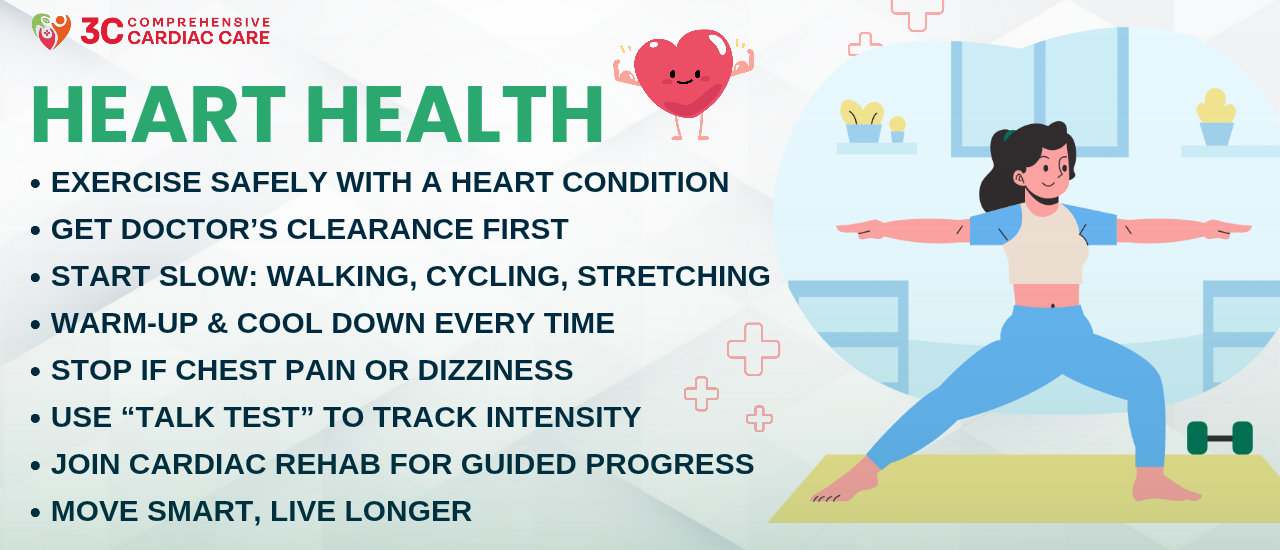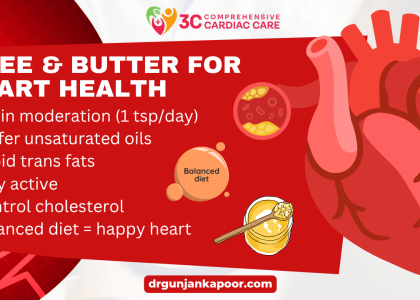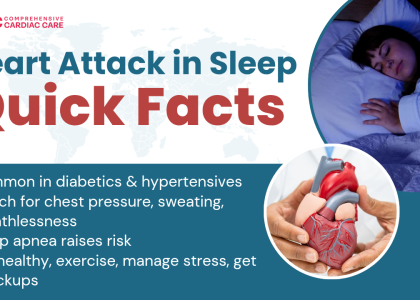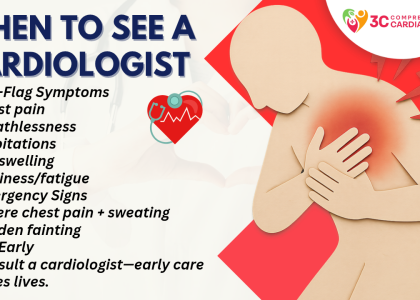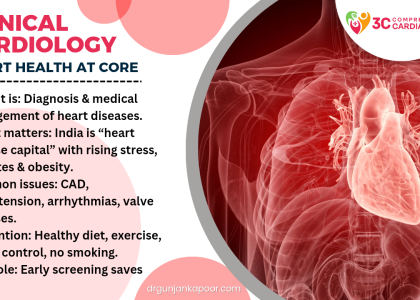❤️ How to Exercise Safely with a Heart Condition ♂️
Stay Active, Stay Alive — The Safe Way.
Many people with heart conditions avoid exercise out of fear. But the truth is, the right kind of exercise can protect your heart, not harm it. Whether you’ve had a heart attack, suffer from heart failure, or live with arrhythmias or valve problems, you can and should move—safely.
Let’s break down how.
Why Exercise Matters for Heart Patients
Exercise helps to:
-
Strengthen the heart muscle
-
Improve oxygen efficiency
-
Lower blood pressure
-
Improve cholesterol levels
-
Reduce anxiety and depression
-
⚖️ Manage weight and diabetes
But one-size-fits-all doesn’t work here. Heart patients need personalized plans.
Step-by-Step: How to Exercise Safely with a Heart Condition
1️⃣ Get Medical Clearance First
Before you start ANY activity, consult your cardiologist.
Ask:
-
What types of exercise are safe for me?
-
How long and how often?
-
Any specific movements to avoid?
Your doctor might recommend a stress test to assess your fitness level.
2️⃣ Start with Low-Intensity Activities
Begin with gentle exercises that don’t stress your heart:
-
♂️ Walking
-
Stationary cycling
-
Yoga or stretching
-
Swimming (if approved)
Start with 10–15 mins/day, then increase slowly.
3️⃣ Use the “Talk Test” or RPE Scale
You should be able to talk but not sing while exercising.
Or use the RPE (Rate of Perceived Exertion) scale:
✅ Stay between 10–13 on a scale of 6–20
(“fairly light” to “somewhat hard”)
4️⃣ ⏱️ Follow the 3-Part Structure
Warm-Up (5–10 min)
-
Gentle stretching or slow walking
Main Activity (20–30 min) ♂️
-
Cardio or resistance training
Cool Down (5–10 min) ♀️
-
Deep breathing + stretching
❌ Never skip warm-up or cool-down—they prevent strain and dizziness.
5️⃣ Know the Danger Signs
Stop exercising immediately if you feel:
-
Chest pain
-
Irregular or rapid heartbeats
-
Shortness of breath (out of proportion)
-
Dizziness or faintness
-
Cold sweats or nausea
Call your doctor or emergency services if symptoms persist.
Tips to Maximize Safety
-
Monitor BP before & after workouts
-
Use a heart rate monitor or smart watch
-
Take prescribed meds at the right times
-
Avoid extreme heat/cold
-
Rest well before exercise
-
Stay hydrated
-
Consider supervised cardiac rehab programs
️♀️ What Exercises to Avoid (Unless Cleared)
❌ High-intensity interval training (HIIT)
❌ Heavy weight lifting
❌ Holding breath while lifting (Valsalva maneuver)
❌ High-impact aerobics or contact sports
❌ Sudden position changes (e.g., lying to standing)
Cardiac Rehab: The Gold Standard
Ask your doctor about cardiac rehabilitation programs.
✅ Benefits:
-
Supervised workouts
-
Regular vitals monitoring
-
Lifestyle and dietary guidance
-
Psychological support
These programs significantly reduce the risk of another cardiac event and improve survival.
⚕️ Real Patient Success Story
Mr. Shah, a 58-year-old heart attack survivor, started walking just 10 minutes a day. With guidance, he now does 30 minutes of brisk walking 5 days a week—and his latest reports show improved BP, better mood, and a 6 kg weight loss. Small steps = big change.
Final Thought
Exercise isn’t just safe—it’s essential. Done correctly, it strengthens your heart, lifts your mood, and adds years to your life. Don’t fear movement—respect your limits and listen to your body.
When in doubt, ask your heart doctor, not Google.

